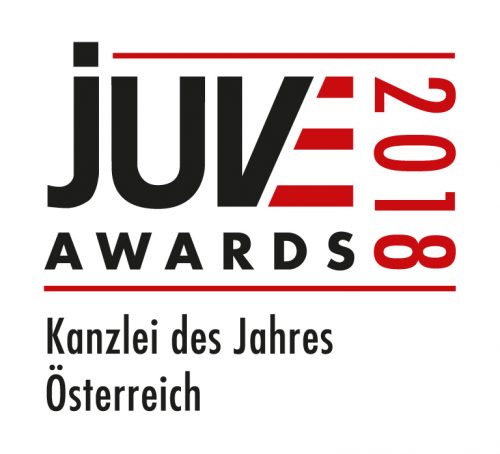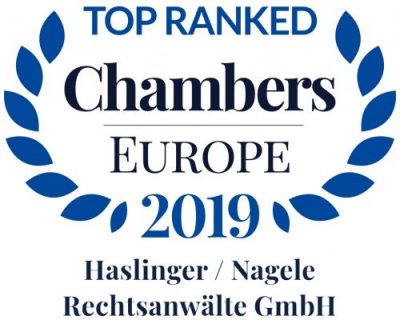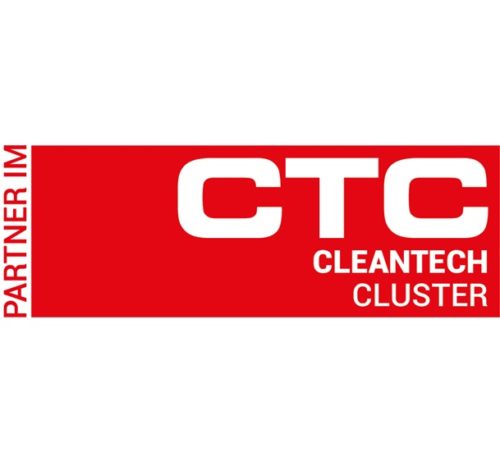Whistleblowing reporting systems
We help with implementation and processing!
In times of climate change, more and more companies are coming up with creative advertising concepts that display their contributions to climate protection. Often, they are based on innovative solutions that actually save CO2; sometimes, however, the snappy advertising turns out to be a vague promise. Such whitewashing is threatened with serious defeats in court under competition law because Justitia may wear a blindfold, but she is not color-blind when it comes to greenwashing…
Save the world! This message is currently coming from all corners. And not just since Tim Bendzko sang about it or Fridays for Future started calling for it. No wonder that the advertising industry, which likes to work with emotions, has embraced this message joyfully and creatively. Two current claims are worth mentioning here: the “world-saving vodka” (© Süddeutsche Zeitung) produced by a start-up called “Air Co” in Brooklyn. According to the manufacturer, this miracle vodka removes one pound of carbon dioxide from the atmosphere per bottle. The patented system uses renewable solar power to convert carbon from the air into pure ethanol. But there’s also something for environmentally conscious beer lovers: the opening of a two-story “cascade” brewhouse owned by the Karmeliten brewery in Straubing, Germany, marks the first important step towards an energy-autonomous brewery. The malt is mashed at the top, and the liquid runs down to the bottom floor virtually by itself due to gravity. This means that no energy has to be used for the lautering process.
These two examples show how environmentally friendly manufacturing processes and the advertising messages based on them appeal to our emotions as consumers. This has not and will not remain hidden by courts in the field of competition law, which is why they take a particularly strict look at whether there is truth behind the advertising or not. Even at the time of concern about the ozone hole, the Supreme Court of Justice targeted a hairspray advertisement that referred to the Convention for the Protection of the Ozone Layer: “Claims about the naturalness or environmental compatibility of a product are highly suitable for influencing the consumer’s decision to buy. However desirable such claims may be if they are truthful, it is just as dangerous if such information appealing to the consumer’s emotional sphere is likely to mislead them”. From this it follows that: “Notes on the environment may only be used for advertising if they are substantiated and if the consumer cannot be misled. If the reference to the environmental friendliness of a product can be misunderstood, the advertiser is obliged to provide more detailed information”.
What was true for the ozone hole also applies to climate protection – as the Supreme Court of Justice clarified in 2012 (ruling of November 28, 2012, 4Ob202/12b) concerning a product advertised as “climate neutral”. In it, the Court developed tough requirements for the burden of proof. Accordingly, the fact that climate neutrality can only be proven for part of the product is not sufficient. According to this criterion, incorrect information is likely to induce the interested party to make a business decision that they would not otherwise have made. The decisive factor is how an averagely informed and reasonable prospective buyer of the product understands the controversial announcement, whether this understanding corresponds to facts, and whether a claim that is incorrect according to this criterion is likely to cause the prospective buyer to make a business decision that they would otherwise not have made.
The Supreme Court of Justice is steadily increasing its level of scrutiny – parallel to the growing environmental awareness. This is proven by a more recent ruling of the Supreme Court (OGH 23.08.2018, 4Ob144/18g), which deals with the advertising of hand wash detergents in plastic bottles. On the distributed bottles there was a label on which a bottle floating in the sea was depicted, as well as the slogan “Ocean Bottle, made with 50% plastic waste from the sea”. Although the bottles consisted of more than 50% recycled plastic collected from beaches, it was not clear that this plastic actually came from the sea. Although the bottles consisted of more than 50% recycled plastic collected from beaches, it was not clear that this plastic actually came from the sea. The Supreme Court clarified that consumers also understood the advertising to the effect that the recycled plastic was plastic waste washed up from the sea. This is relevant in terms of competition law since the littering of the oceans with plastic is a topic to which people interested in environmental protection attach particular importance.
Which proves that saving the world is difficult enough, but advertising it is almost more difficult…
Our expert Willi Bergthaler and our expert Isabelle Krug from the Environmental and Technology Law team will be happy to answer any further questions you may have on this topic.
This article provides only general information and does not replace legal advice. Haslinger / Nagele Rechtsanwälte GmbH assumes no liability for the content and correctness of this contribution.
25. November 2021






